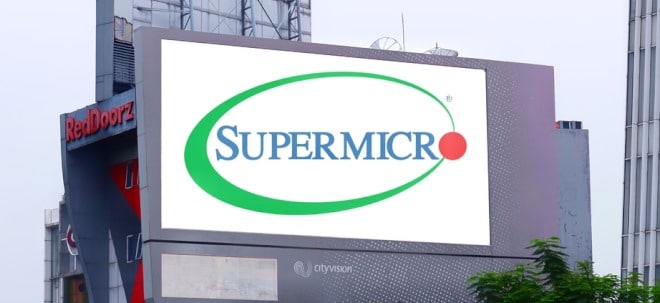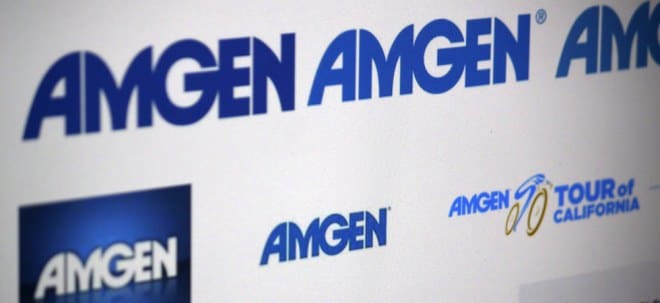Different types of Breakouts:
1.) Double Top Breakouts:
>> SnP500 Blow-by-Blow: http://bit.ly/1UKLDbI
To have a much better appreciation of how breakouts happened on the short-term basis or short-term trading; the rally from October 4, 2011 toward the May 20, 2015 is choke-full of breakouts some may consider 'false' others might consider 'true' depending on which type of traders they are and how much tolerance or 'wiggle room' they provided for their trades.
For example: Right off the bat from October 4, 2011 Significant Bottom, there was a tiny bit of 'false breakout' in October 18, 2011 that most likely whipsawed very short-term traders such as scalpers and daytraders but considered by longer-term daytraders and short-term swing traders as over-all or par-for-the-course Double Top Breakout with a tiny bit of wiggle - all the way to the October 27, 2011 top run.
- The breakout rally toward October 27, 2011 top can be considered as extremely strong breakout rally by scalpers and daytraders who were able to hold onto their positions.
But for swing traders and not-so medium-term traders; it can be considered as 'False Breakout' since SnP500 went back way below the August 31, 2011 high that could stopped them out if their wiggle rooms or trailing stops were too tight that resulted in trading losses if they bought the breakout above the August 31, 2011 high.
- For those who succeeded in holding on to their positions from the October 2011 lows or higher lows or even the breakout above August 31, 2011--> what heck are those losers talking about 'false' breakouts, SnP500 rallied toward the May 2015 high and still unable to produce another bear market rally === IF it is not broken, don't try to fix it (KIS).
For traders in general, and most importantly, for many swing traders and medium-term traders; SnP500 produced Double Top Breakouts in vast majority of cases from October 2011 to May 2015 many can be considered as weak, others strong. The most important parts are the higher-highs and higher-lows for trend traders. October 2011 to May 2015 vertical rally proved out to be the most profitable rally I ever traded with swings and daytrades as a since the early 2000's. Compared to the cyclical rally of 2002 to 2005, this cyclical rally, off October 2011 bear market correction, is far less whipsawy.
2.) Triple Top Breakouts:
>> SnP500 Long-Term: http://bit.ly/1TbG21M
>> DAX Long-Term: http://bit.ly/1PlrAVk
They are not as common compared to 'Double Top Breakouts' but generally they produce bigger and stronger breakouts compared to double top breakouts. Qualifying factor is that the retrace of the B-wave up should be deep enough to be considered as Triple Top Breakout - preferably more than 50% Retrace, more than 100% Retrace are not uncommon either such as what happened to SnP500 producing a lower low in 2009 on the monthly chart. Note that SnP500 produced a supposedly 'false' breakout in October 2007, but it was so tiny to be considered false.
3.) Quadruple Top Breakout:
>> Dow Jones Historical: http://bit.ly/1LLVgFr
See that $995.15 top run of Dow Jones in 1965? Long-term traders and investors call that the 'Unbreakable Ceiling' back in the 70's to the 80's. There were some 'false' breakouts but generally they were too small in the general scheme of things to matter.
The Triple Top Breakout Attempt of $1051.71 in 1973 proved futile and Dow Jones went into lower low. The fourth attempt in 1980 also failed to immediately result in a strong breakout but instead resulted in a higher low - which is considered ideal by other traders since Dow Jones formed a potential Continuation Inverted Head and Shoulders - also called as Bull Face - toward the 1982 low before breaking out strongly in 1983.
Quadruple Top Breakouts are considered the strongest and became a favorite among many trend traders in the 80's and 90's on shorter-term trades (usually on intraday and daily charts).
4.) Marginal Breakouts Topping Pattern:
This is the most 'insidious' type of so-called 'False Breakout' rally that usually results in vertical meltdown:
<< Bear Campaign: http://bit.ly/1TPiD6n
>> Performance Review: http://bit.ly/1LLVfBp
For seasoned EW'ers; the Ending Diagonal or Terminal Triangle that formed from Sept2014 to May2015 is the most dreaded type of marginal higher-highs higher-lows or so-called Multiple False Breakouts. TA traders call that as Bearish Ascending Wedge.
.
For us full-time traders, it is worth studying the many different types of so-called Topping Patterns. If we failed to correctly trade them, we can go hungry. If we keep losing money, we might end up in the poorhouse.
Vast majority of cases, IF a Double Top happens, with or without minor 'false' breakout --> or even with a marginal lower high also called as a-b-c Flat Pattern or Bull Flags; then highest probability the final outcome is a higher-high rally.
And the most important part to recognize in Trend Trading the markets are the Higher-Highs Higher-Lows Patterns. For as long as the markets kept producing higher-highs higher-lows; majority of seasoned traders will keep supporting that them --> depending of course on which type of traders they are such as daytraders, swing traders, medium-term and long-term traders which have very different definitions of what constitute higher-high higher-low patterns.
Good luck and happy Trend Trade Hunting. |


 Thread abonnieren
Thread abonnieren


